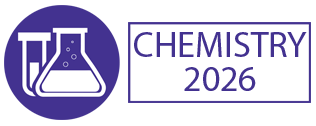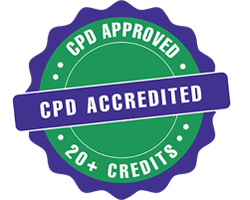Title : Pharmaceutical chemistry studies of novel biologics and drugs for chronic obstructive pulmonary disease
Abstract:
Chronic obstructive pulmonary disease (COPD) is a common and devastating lung disease with a high mortality. However, the current therapeutics for COPD are neither specific nor very effective. Moreover, the pathogenesis mechanisms for this disease remain largely unknown. COPD is well characterized by airway hyperresponsiveness and remodeling, thereby leading to airflow limitation. A very important player in airway hyperresponsiveness and remodeling in COPD is an increase in intracellular calcium ([Ca2+]i) in airway smooth muscle cells (ASMCs). [Ca2+]i is well generated and controlled by multiple ion channels. In the current studies, we have started to explore which type of ion channels may mediate the increased [Ca2+]i in ASMCs and COPD. Using the patch clamp recording, the Nobel Prize winners’ technology, together with specific channel antibodies, we have found that type-3 canonical transient receptor potential (TRPC3) non-selective cation channel, showed a predominant activity and expression among the entire TRPC channel family in ASMCs. Similarly, using the SMC promoter SM22α-driven TRPC3 channel shRNAs, we confirmed the predominant TRPC3 channel activity and increased [Ca2+]i in ASMCs. This channel protein expression was significantly increased in COPD human ASMCs. The increased TRPC3 channel expression was highly correlated with ASM remodeling in COPD. In support, proliferation of human COPD ASMCs was abolished by the specific channel inhibitor Pyr3. Like Pyr3, TRPC3 channel gene knockdown (KD) by its specific shRNAs also blocked the increased proliferation of COPD human ASMCs. In contrast, TRPC3 channel gene overexpression produced an opposite effect. It is known that up to 90% of COPD are attributable to cigarette or e-cigarette smoking (CS or eCS), and nicotine is a most important biological component of CS and eCS. Indeed, nicotine inhalation induced airway hyperresponsiveness and remodeling in mice. These nicotine-induced responses were completely eliminated by intravenous injection of lentiviruses containing SMC promoter SM22α-driven mouse TRPC3 channel shRNAs using a hydrodynamic injection technique. TFSEARCH program predicts that the TRPC3 channel promoter region has the transcription factor NFκB binding sites. Thus, NFκB may mediate the increased TRPC3 channel expression and activity in COPD. Consistent with this view, nicotine significantly increased the activity of the transcription factor NFκB and the total expression levels of the key NFκB subunit p65 and p50 in human ASMCs. Moreover, both p65 and p50 expression levels were largely increased in the nucleus, but correspondingly decreased in the cytosol. Nicotine also largely increased TRPC3 channel promoter activity and this effect was blocked by the NFκB inhibitor Bay 11-7082. This NFκB inhibitor also blocked nicotine-induced TRPC3 channel mRNA expression in human ASMCs. Similarly, the NFκB subunit p65 and p50 gene KD produced a similar effect. Taken together, a series of our pharmaceutical chemistry studies have for the first time discovered that cigarette smoking or nicotine inhalation increases TRPC3 channel expression, channel activity, and [Ca2+]i in ASMCs, thereby leading to airway hyperresponsiveness and remodeling (i.e., COPD). The increased TRPC3 channel expression and activity are attributed to the increased NFκB expression and activity in ASMCs. Moreover, TRPC3 channel and NFκB biologics and inhibitors may become novel and effective treatments for COPD.
Audience Take Away Notes:
- My current presentation will greatly help the audience to create their future research directions
- The finding presented may significantly assist the audience to develop novel preventive and therapeutic strategies for COPD and other relevant pulmonary diseases
- Our research could also be used by other investigators to expand their research and/or teaching
- All my presentation may also greatly improve experimental design, implementation, data analysis, explanations, statements, and/or conclusions




